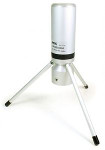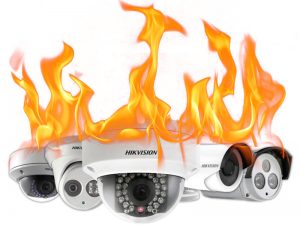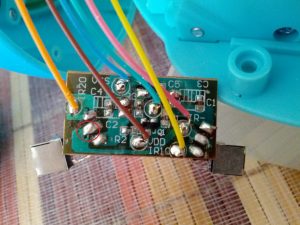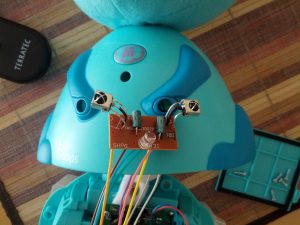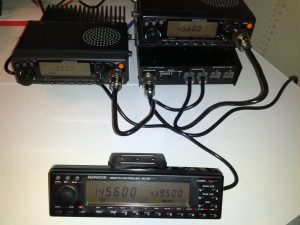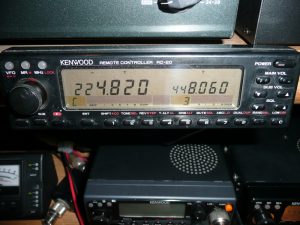Ludo | 9 mai 2015
N’étant pas certain que cet appareil ait été vendu ailleurs qu’en France, du moins sous la même marque & référence, je vais vous épargner un billet en anglais approximatif 🙂
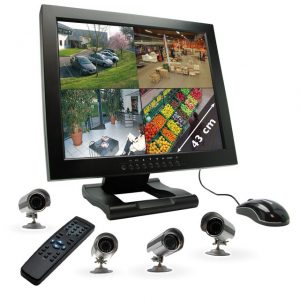 |
Ce système de vidéosurveillance acheté relativement cher il y a quelques années chez Castorama a quelques points faibles, notamment l’accès à distance par une interface web utilisant des ActiveX douteux nécessitant la levée de nombreuses sécurités sur Internet Explorer. De plus, il est obligatoire d’utiliser Internet Explorer 6, qui n’est plus installable sur des ordinateurs récents, ce qui nécessite l’installation d’une machine virtuelle sous Windows XP. Bien entendu, il ne faut pas compter sur un éventuel accès via votre smartphone. De toutes façons, ce n’était pas encore très répandu à l’époque à laquelle ce produit était commercialisé.
Ce problème ne sera absolument pas traité dans ce billet, puisque les sources de l’applicatif embarqué ne sont évidemment pas disponibles.
Un autre « défaut » de cet appareil pour les particuliers, c’est le fonctionnement constant du rétro éclairage de l’écran: cela consomme de l’énergie, ça émet de la lumière inutilement, et ça réduit considérablement le temps de vie du circuit d’alimentation du rétro éclairage, comparé au temps passé à surveiller ce qui est affiché. Pour une utilisation professionnelle, dans un poste de sécurité par exemple, cela ne pose pas de problème.
La modification proposée consiste à dévier le signal de commande du rétro éclairage, afin de permettre une mise en veille manuelle à l’aide d’une interrupteur.
|
Lire la suite »
Ludo | 12 février 2015
This entry follows an older one I posted almost eight years ago here (link).
Although I tried to make it really clear, I realize that it is not the case, even to me.
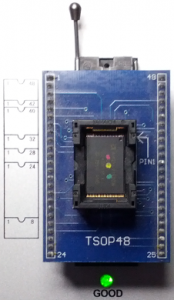 |
I’ve been contacted recently by someone who visited that other website and who was facing the same frustrating issue with his WAP54G. The device was totally bricked, as well as his two WARE54G.
Sometimes you can strap pins, sometimes you can access the shell and enter the magic commands, and sometimes (should I say most of the time) you can just hate yourself for having done something wrong. Hopefully, such mistakes can be easily fixed as long as you have the appropriate tools.
To do so, you’ll need:
- a soldering iron, preferably a good one like a Weller WSD50 & TCP-S (a smaller one for SMDs would even be better) with a reasonably thin conical tip. I wouldn’t recommend using a plumber soldering iron, or anything approaching;
- tin, lead-free or not, that’s up to you;
- desoldering braid (or the shielding of a coaxial cable if you feel like MacGyver or Bear Grylls);
- anti-flux or flux cleaner (or alcohol but not the one you drink unless you live in Macedonia), if you want to wow your family, friends, colleagues and neighbors with shiny solderings;
- a cutter with a breakaway blade (it can be a dull one, we won’t cut anything with it anyway);
- an universal programmer with a TSOP48 adapter (you can find really cheap adapters on ebay or aliexpress).
The universal programmer is certainly the missing device on your workshop but you might have access to one at the university, at work or at your local electronics shop. You can e-mail me in last resort but you should check the shipping costs to/from France first because it might be more costly than a new device.
05/01/2015:
The whole detailed procedure for desoldering & soldering the chip is now available ->HERE<-.
The second procedure for building a working Flash image and programming it is available ->HERE<-.
.
Please note that the first release of each document (Rev. 05/01/15) shall be considered as a draft. As stated in these documents, any comment or remark is more than welcome. |

